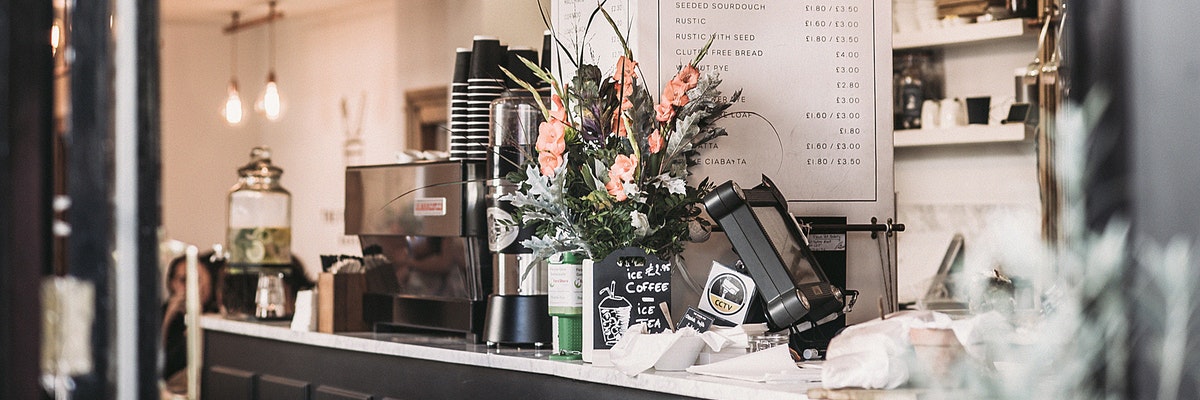The Store of the Future – What Retailers Are Doing Differently
There is a lot of discussion about what the store of the future will look like. The latest consensus is that there is no consensus on exactly what is in store for us. But it is clear that the store you shop in tomorrow will focus on providing a great customer experience. Retailers are trying to fulfill this need in a variety of ways. Some retailers are focusing on offering more self-service (think Amazon Go), others are making a bet on personalization and some are focusing on value added services. Whatever the store of the future looks like for your customers it is up to you but here are some ideas to get you started.
1. In 2017 Sephora opened its first small format store called Sephora Studio in Boston. It is a 2,000 sq. ft store, its smallest store format in the US. This new store format is focused on offering personalized advice such as beauty classes and value-added services such as free standard shipping or reduced next day shipping. Customers in the Boston area can make orders via the Sephora app and pick up the product the same day. Sephora now has two of these stores in the US.
2. Office Depot is carving out space in its stores to create co-working spaces called the Workonomy Hub. The spaces offer desks and offices for rent as well as access to printing and copying stations. Users can also get tech support if required. According to Office Depot CEO Gerry Smith: “we’re not trying to be WeWork and go to the high-end of the market. We want to be right in the mid-tier.” Renting a desk at the Workonomy in San Jose costs $400 per month which is $75 cheaper than what it costs to rent a desk at a WeWork location in the same area. While this is an attempt by Office Depot to free up under utilized space it is also a great way to provide a service that a segment of Office Depot’s customers may actually want use.
3. A trend that is taking place in China is completely staff-free stores. One of the leaders in this area is BingoBox, which opened its first unmanned convenience store in 2016 in China. The 24-hour store sells convenience items such as chips, noodles and dairy products. To enter the store customers scan a QR code located at the store’s entrance which then opens a door to enter the store. Each item in the store is fitted with an RFID tag. To checkout, customers scan items at a self-checkout station then pay using WeChat or Alipay. There are over 300 BingoBox stores in China.
4. Nike recently opened its 68,000 sq. ft “House of Innovation 000” store in New York. Using Nike’s “Scan to Try” functionality on Nike’s mobile app customers can scan the barcode on any product in the store using the app to learn more about a product and see what colours and sizes are available. With the app customers can also see if a product is in stock, or if it is available at nearby stores or online all without speaking to anyone. Using the app customers can also request that a sales associate bring items to designated locations in the store or have items placed in a fitting room.
Using Nike’s “Instant Checkout” functionality customers can also pay for their purchase by scanning the bar code on a product using Nike’s mobile app. After paying for the purchase within the app members can skip the checkout line and walk out of the store with their items.
The store of the future is closer than you think and these retailers are leading the way.
Subscribe to our newsletter and get the latest retail insights & trends delivered to your inbox

